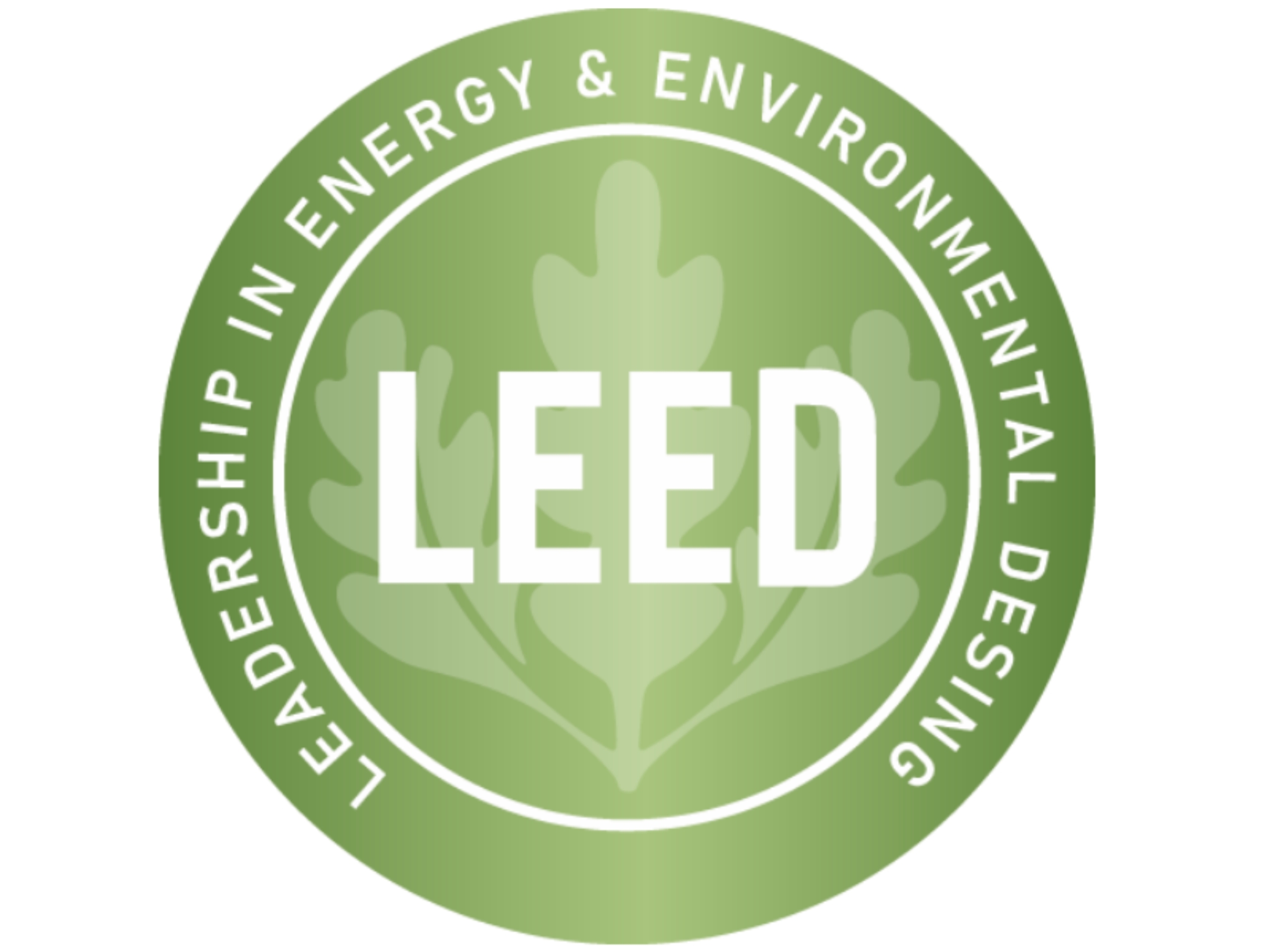


The United Arab Emirates (UAE) has rapidly evolved into a global icon of architectural ambition and futuristic urban development. But beyond the gleaming skyscrapers and luxurious communities lies a growing national commitment: sustainable development.
As part of the UAE’s Net Zero 2050 strategy, government entities and urban planners are placing increasing pressure on developers to create environmentally responsible, energy-efficient buildings. To achieve this, the UAE has introduced several green building certification systems that ensure projects meet specific benchmarks in energy use, water conservation, indoor air quality, and material sustainability.
Whether you’re a regional developer or an international investor, understanding these certification systems is crucial for regulatory compliance, operational efficiency, and long-term project success.
In this blog, we’ll explore the three most important green building certifications in the UAE:
LEED (Leadership in Energy and Environmental Design)
Estidama Pearl Rating System
Dubai Green Building Regulations (DGBR)
LEED is a globally recognized green building certification system developed by the U.S. Green Building Council (USGBC). It provides a framework for designing and constructing buildings that are environmentally responsible, resource-efficient, and healthy for occupants.
Although not mandatory, LEED is widely adopted in the UAE, especially for projects with international stakeholders or high-end clientele. It’s viewed as a universal benchmark for sustainability—enhancing a project’s global appeal and environmental credibility.
LEED certification is awarded based on a building’s performance across several environmental categories:
Energy Efficiency – Use of energy-saving systems like LED lighting and HVAC automation
Water Conservation – Low-flow plumbing fixtures and irrigation systems
Indoor Environmental Quality – Air circulation, natural lighting, and reduced pollutants
Material Selection – Use of recycled, regional, or rapidly renewable materials
Site Sustainability – Ecosystem preservation and reduced urban heat island effect
Innovation & Regional Priority – Incorporating advanced green technologies or addressing local environmental priorities
LEED awards certification using a point-based system:
Certified: 40–49 points
Silver: 50–59 points
Gold: 60–79 points
Platinum: 80+ points
Masdar City, Abu Dhabi: Designed as one of the world’s most sustainable cities, integrating LEED principles in its planning and construction.
The Sustainable City, Dubai: A LEED-certified community with net-zero energy homes, solar rooftops, and car-free zones.
Estidama, meaning “sustainability” in Arabic, is a locally developed certification system by the Abu Dhabi Urban Planning Council. It was specifically created to reflect the unique climate, culture, and resources of the UAE’s capital.
Unlike LEED, Estidama is a mandatory requirement for all new developments in Abu Dhabi. From residential villas to commercial towers, developers must meet Estidama standards to obtain building permits and avoid penalties.
The system is organized into key pillars of sustainable development:
Integrated Development Process – Collaboration across disciplines during planning
Natural Systems – Protecting biodiversity and local ecosystems
Livable Communities – Enhancing comfort, safety, and connectivity
Precious Water – Maximizing water efficiency and reuse
Resourceful Energy – Reducing consumption through solar integration and efficient systems
Stewarding Materials – Responsible sourcing and waste reduction
Innovating Practice – Promoting creative approaches to green building
1 Pearl – Minimum requirement for all buildings
2 Pearls – Minimum for government-funded buildings
3–5 Pearls – Optional for private projects seeking sustainability excellence
Developers must:
Submit Estidama-compliant plans
Work with licensed Pearl Qualified Professionals (PQPs)
Undergo periodic site inspections
Failure to comply can result in delays, fines, or rejected construction approvals.
This cutting-edge education institution achieved a 3 Pearl rating, demonstrating how thoughtful design and sustainable materials can significantly reduce environmental impact.
Launched in 2014 by Dubai Municipality, the Dubai Green Building Regulations are a set of compulsory construction guidelines aimed at transforming Dubai into a smart, sustainable city under UAE Vision 2021.
DGBR applies to all new construction projects in Dubai, across residential, commercial, industrial, and institutional sectors. It ensures that buildings are:
Energy-Efficient – Reduced carbon emissions and optimized consumption
Water-Conserving – Smart irrigation, greywater reuse, and efficient plumbing
Material Conscious – Non-toxic, sustainable, and recyclable material use
Health-Oriented – Focus on natural lighting, ventilation, and occupant comfort
Integrate sustainability principles from the conceptual design stage
Collaborate with certified green building consultants
Submit Green Building Declaration and comply with Dubai Municipality audits
Conduct on-site inspections at various construction milestones
These regulations tie directly into the Smart Dubai vision, which aims to make the city more energy-independent, tech-forward, and environmentally resilient.
| Certification System | Applicable Region | Is It Mandatory? | Core Focus Areas | Rating Scale |
|---|---|---|---|---|
| LEED | International / UAE | ❌ No | Energy, water, air quality, materials | Certified – Platinum |
| Estidama Pearl | Abu Dhabi | ✅ Yes | Energy, water, materials, community | 1 to 5 Pearls |
| DGBR | Dubai | ✅ Yes | Energy, water, comfort, compliance | Pass/Fail Compliance |
✔ Legal and Regulatory Compliance
Avoid permit delays, rejections, and penalties by meeting local green construction requirements.
✔ Enhanced Market Value
Green-certified buildings command higher prices and rental yields, attracting premium buyers and global investors.
✔ Long-Term Cost Savings
Reduce operational expenses with lower utility bills, reduced maintenance, and longer-lasting systems.
✔ Positive Environmental Impact
Support the UAE’s climate goals by reducing your carbon footprint and preserving precious resources.
✔ Reputation and Brand Value
Differentiate your development with a future-ready, eco-conscious identity that resonates with environmentally aware consumers.
The UAE is setting a powerful example by aligning real estate growth with environmental responsibility. Green building certifications like LEED, Estidama, and DGBR are no longer niche—they are the new standard.
For developers, embracing these frameworks is more than just a regulatory obligation—it’s a strategic investment in quality, efficiency, and sustainability. From the wind-swept deserts of Abu Dhabi to the vibrant skyline of Dubai, the future of real estate in the UAE is green, smart, and sustainable.
So whether you’re planning a beachfront villa, a mixed-use tower, or a gated community, integrating these certifications will ensure your project is compliant, competitive, and climate-resilient.
Please enter your username or email address. You will receive a link to create a new password via email.

Request call back
Notifications